However, by the 20th century American ornithologist and an officer of the recently formed National Audubon Society, Frank M. Chapman, proposed counting birds instead of killing them. On Christmas Day in 1900, 25 bird counts were held ranging from Toronto, Ontario to Pacific Grove, California and 90 species were counted on that day. Since then this tradition carries on marking the National Audubon Society’s 115th Christmas Bird Count. Each bird count occurs in an established 15-mile wide diameter circle that is divided into six parts. A team of bird watchers takes an area and counts birds for the day then reports their findings to the count compiler.
The CBC is the longest running survey conducted by citizens in the world. Data collected by CBC is one of two of the largest sources of information to provide researchers, ornithologists and conservation biologists information on how the population of North American birds has changed over one hundred years. As such, trends can be predicted to establish measures to protect birds and their habitat. For instance, in 2009 data helped to comprise the Audubon's Birds & Climate Change analysis report, which documented 314 species that could be on the brink of extinction due to climate change. Such species are well known birds that include the Bald Eagle, the Common Loon, the Baltimore Oriole, the Burrowing Owl and the Allan Hummingbird. In Woodstock, Pittock Dam is the centre of the 15-mile wide diameter circle and long-time WFN member Jeff Skevington is the count complier. (View Woodstock CBC.)
Despite the electricity being out early on Saturday morning, I headed to Area D’s meeting place at Nikki’s Roadhouse in Princeton, Ontario to meet our three-person team. It was a beautiful bright and sunny day, you would think perfect for bird watching. However, our first stop at Blenheim Swamp or Benwell Swamp (famously known for the murder and trial in Canadian history when Frederick Benwell - Plaque #22 - was murdered in February 1890 by Reginald Birchall who was later hanged) found neither sightings nor sounds of our feathered friends. WFN President Roger Boyd cited that inclement weather and snow on the ground attracts more bird sightings. Blenheim Swamp is comprised of free-standing trees like Red Maple, Yellow Birch, White Ash, and Swamp Ash. The soil is peat moss in which vegetation has shallow roots. Various vegetation grown in peat moss include Skunk Cabbage, numerous ferns, Dogwood, Button Bush and Lady’s Slipper to name but a few.
I always thoroughly enjoy my day birding at the Christmas Bird Counts every year. I first joined WFN almost twenty-four years ago attending their monthly meetings which occur the first Monday each month at Huron Park Secondary School library. I find the meetings both educational and interesting. The monthly outings to surrounding locations to view birds were fun like Hawk Cliff, Long Point or Rondeau Provincial Park. These days though I attend the annual Harvest Dinner and participate in CBC. The next meeting for the Woodstock Field Naturalists’ Club will take place on Monday January 5, 2015. It will be a members’ participation night. The next outing will occur on Saturday January 10, 2015 meeting at 10:00 at the parking lot of W.C.I. to go to Fisherville to see owls. Bring your lunch and chairs. For further information contact Rich Skevington at 519-462-2862. Always a good time to be had and fun for the whole family.
Gallery of photos taken on WFN's 81st Annual Christmas Bird Count in Area D.





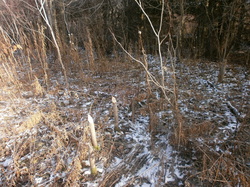



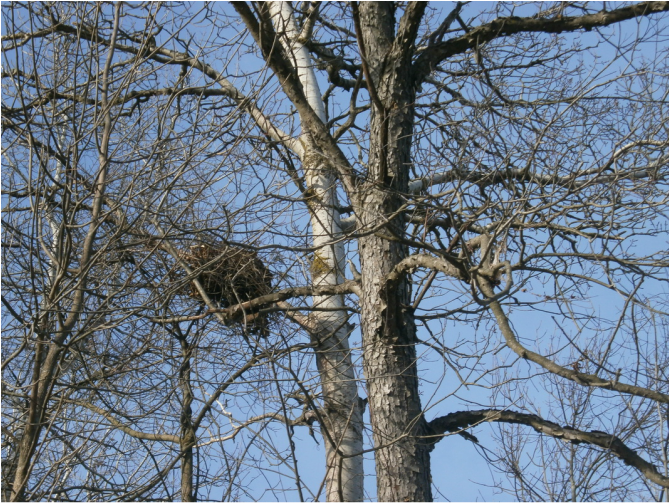













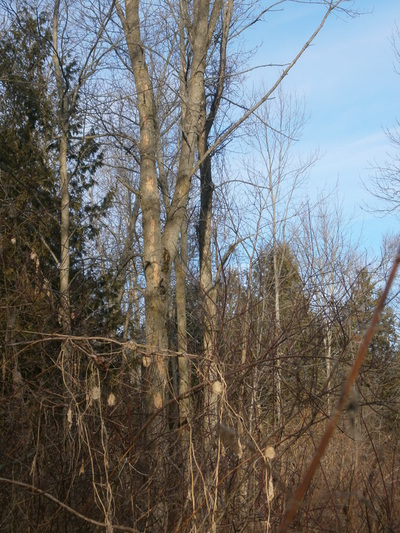





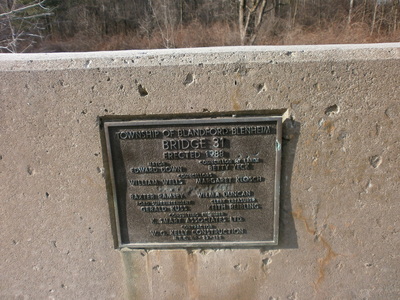

























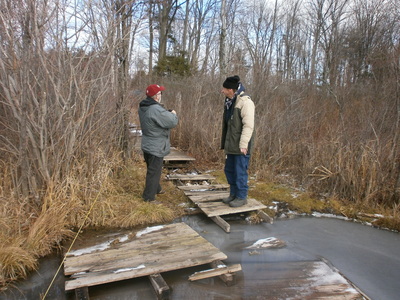
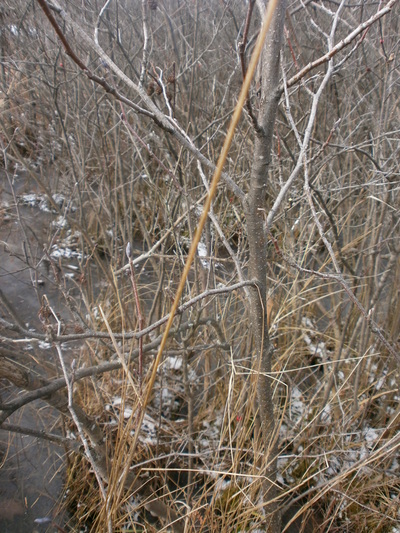





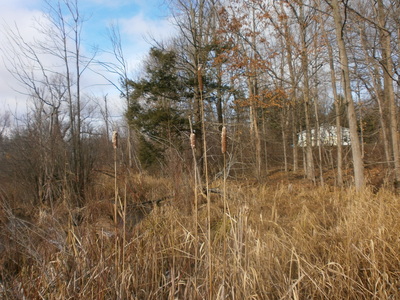
















 RSS Feed
RSS Feed
